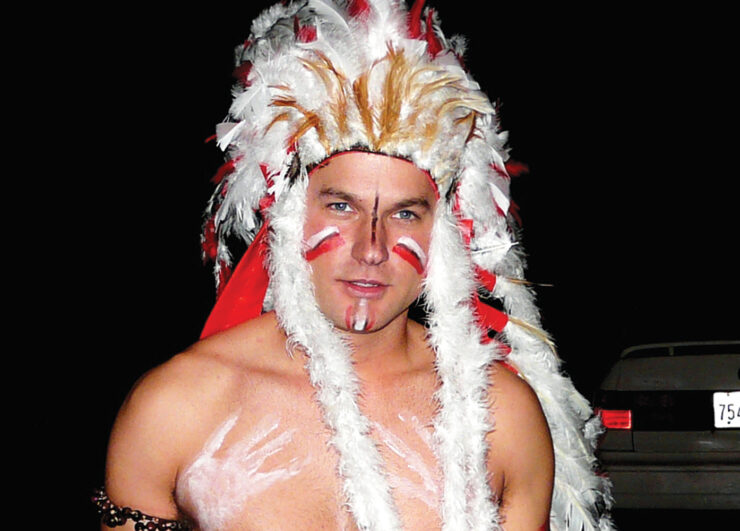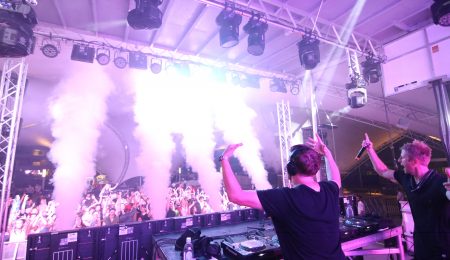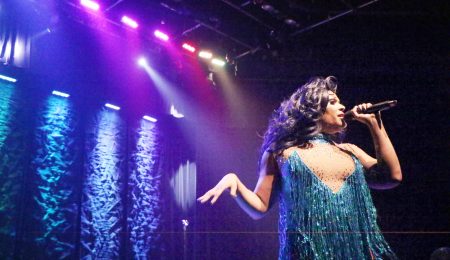What’s wrong with trying on a culture for an evening?
Upon sifting through your Halloweekend memories—assuming they aren’t too blurry—you probably remember meeting a white man dressed as an Indigenous person, or a white woman dressed up as a geisha. But maybe you’re wondering why you would even take note of these costumes in the first place. After all, they’re just costumes. Nothing special, right?
Not quite—cultural appropriation is a big deal. And before you start making loud jokes about how you get “SO offended” as a Canadian when you see people around the world donning hockey player costumes, take a second to read up on what cultural appropriation really means, and why we should all avoid it. That way, everyone from your roommates to Chris Hemsworth can be more considerate next Halloween and in their everyday fashion choices.
Cultural appropriation means that you’ve adopted part of a culture for temporary personal use. While that in itself may not sound too sinister, it becomes a problem when you choose to borrow elements from a group in society that has suffered hardship as a direct result of the elements of their identity that you’ve chosen to borrow. Canadians do not experience institutionalized or social discrimination due to the fact they play hockey, so no, you cannot justify getting angry at someone appropriating Canadian culture by dressing as a hockey player.
One popular faux-pas on Halloween is the use of “blackface,” or dark makeup by non-black people. This is a problematic choice because black people suffer from social and institutional systems of oppression in almost every aspect of their lives. While you might return to your privileged position as a white person once your “costume” comes off, black people obviously don’t have the choice of washing off their skin colour at the end of a night out to enjoy those same privileges.
Simply put, by using pieces of a culture that go hand in hand with oppression, you participate in the erasure of that culture’s authentic experience. By purchasing that Aboriginal costume as a non-Aboriginal, you perpetuate the injustice of turning someone’s culture into a commodity. When this happens, the real image of a culture becomes distorted.
The suffering of Aboriginal peoples across Canada due to increased alcoholism, suicides, school dropout rates, and more, becomes obscured and forgotten among a slew of Instagram photos that feature glammed up renditions of Indigenous communities. Isn’t there a sad irony in the fact that one of the few times people are interested in Indigenous tradition, it’s only so that they can find a cute costume to wear to a party?
Often, Halloween costumes aren’t the only culprit. Again, the Indigenous are often victim to appropriation in fashion, and to see evidence of that you don’t have to look much further than music festivals like Coachella.
A big problem with commercialization of Indigenous culture is that often the members of the groups that are being represented are not benefiting from the commercial use of their culture, or even consulted on the representation in the design stage. This means that the fashion ads you see in magazines might not even match the culture it features in its catchy tagline.
This again leads to not only the erasure of authentic cultural experiences, but a societal emphasis on superficial aspects of a culture, like clothes, while failing to recognize the multitude of social issues faced by the group the attire originates from. Once again, hockey players would not fall into this category.
The lesson to take away? Cultural appropriation is an issue that only affects marginalized groups in society, and results in the erasure of authentic cultural elements of those groups while ignoring the suffering and system of oppression that members of the culture routinely face. When you dress up as these groups it is inconsiderate and ignorant, no matter what your white friends say.
The good news is that there are still hundreds of fashions and Halloween costumes out there for you to wear for a cute Instagram photo. Believe me, the ordeal of finding an alternate will be a lot less difficult than explaining to a person of a marginalized group why you think that their culture is something you can turn into a gimmick.





